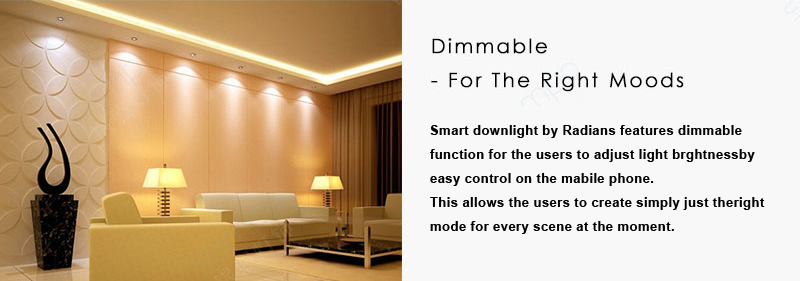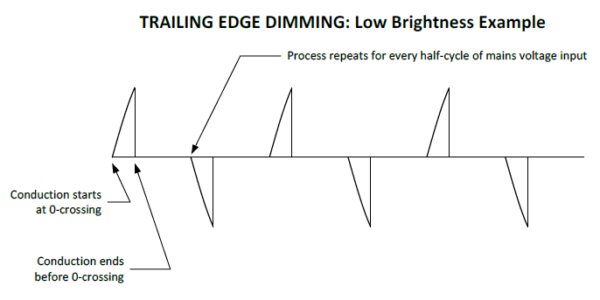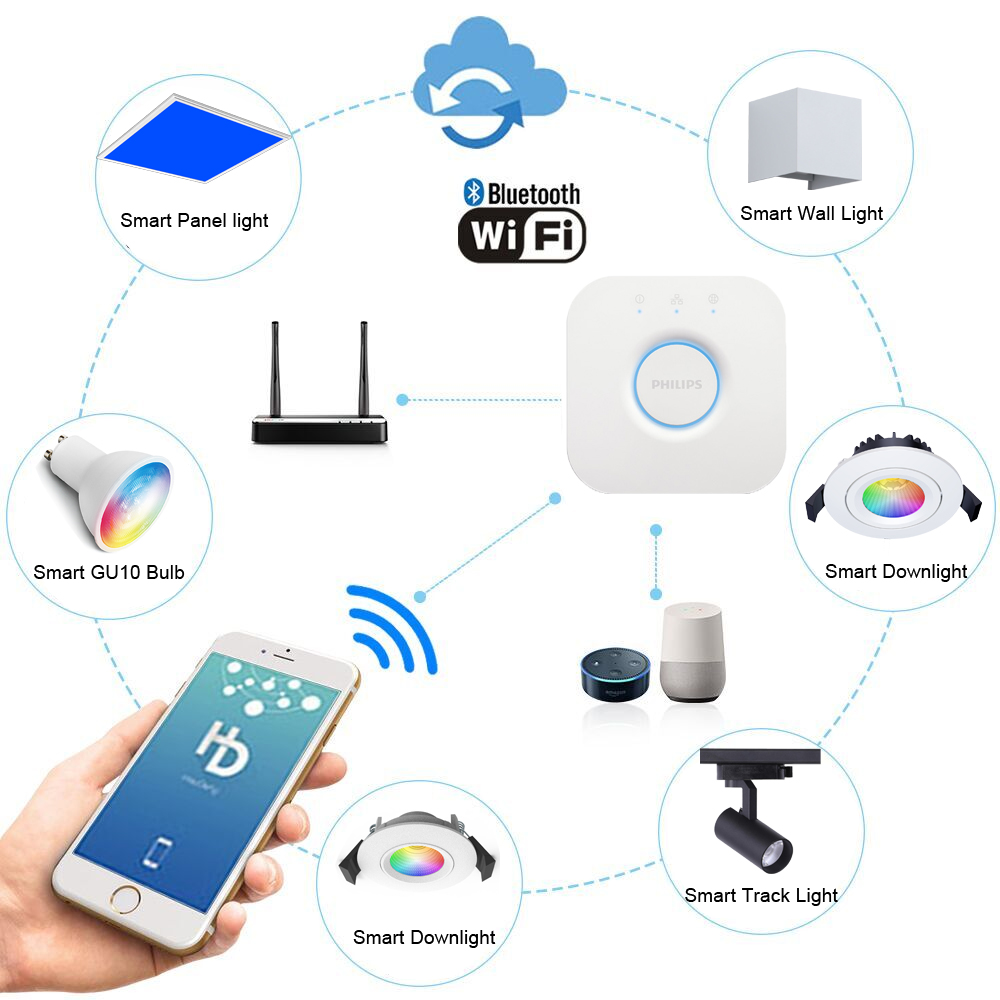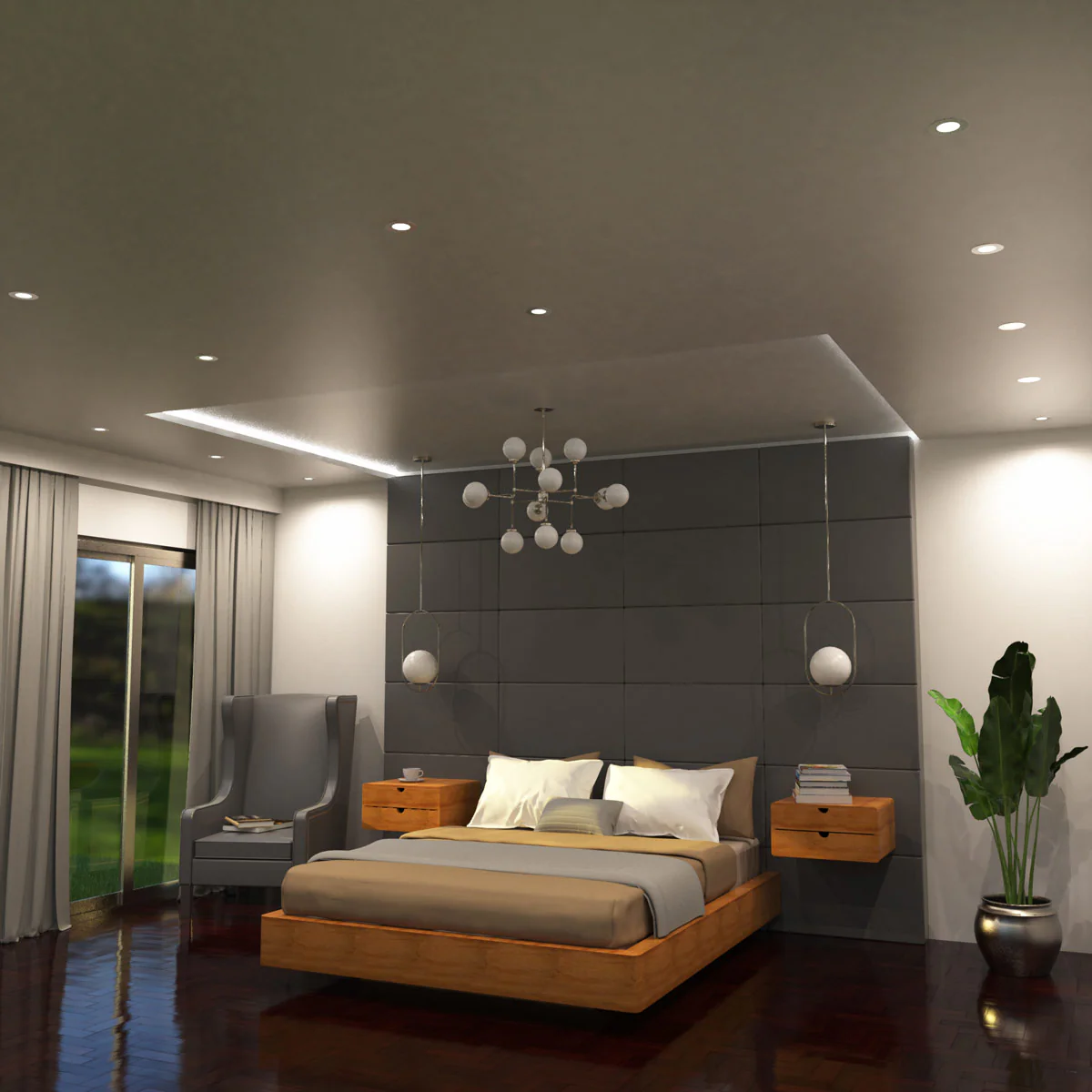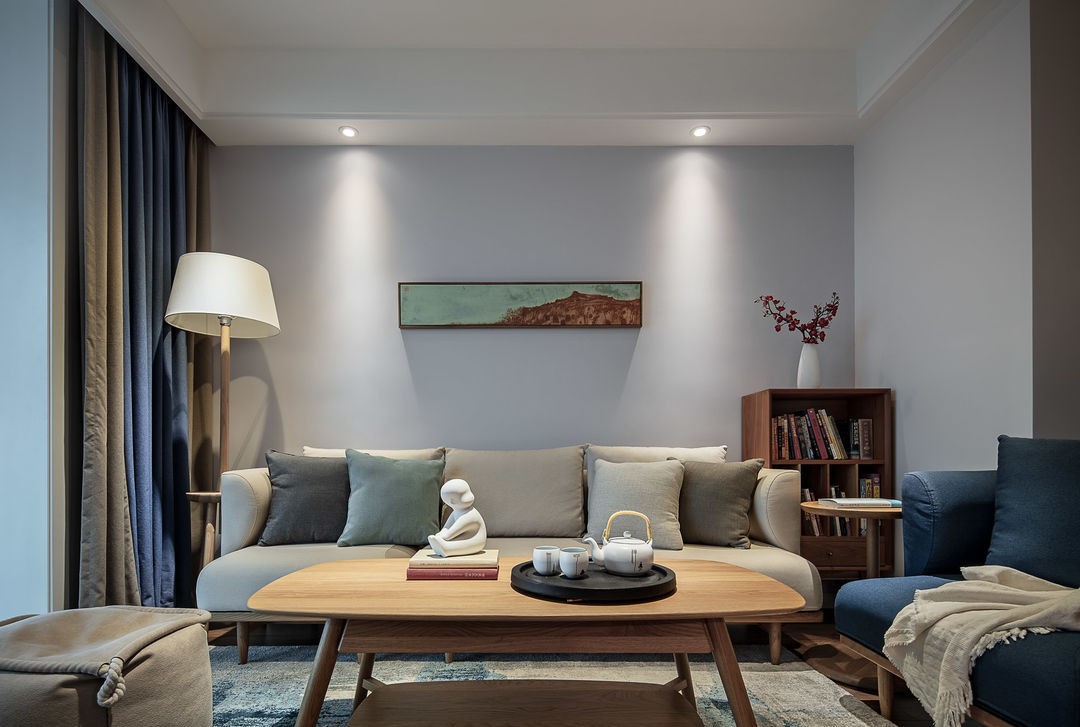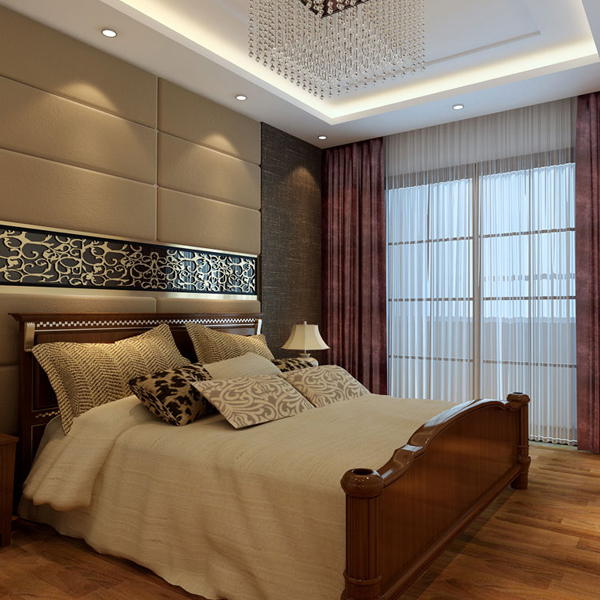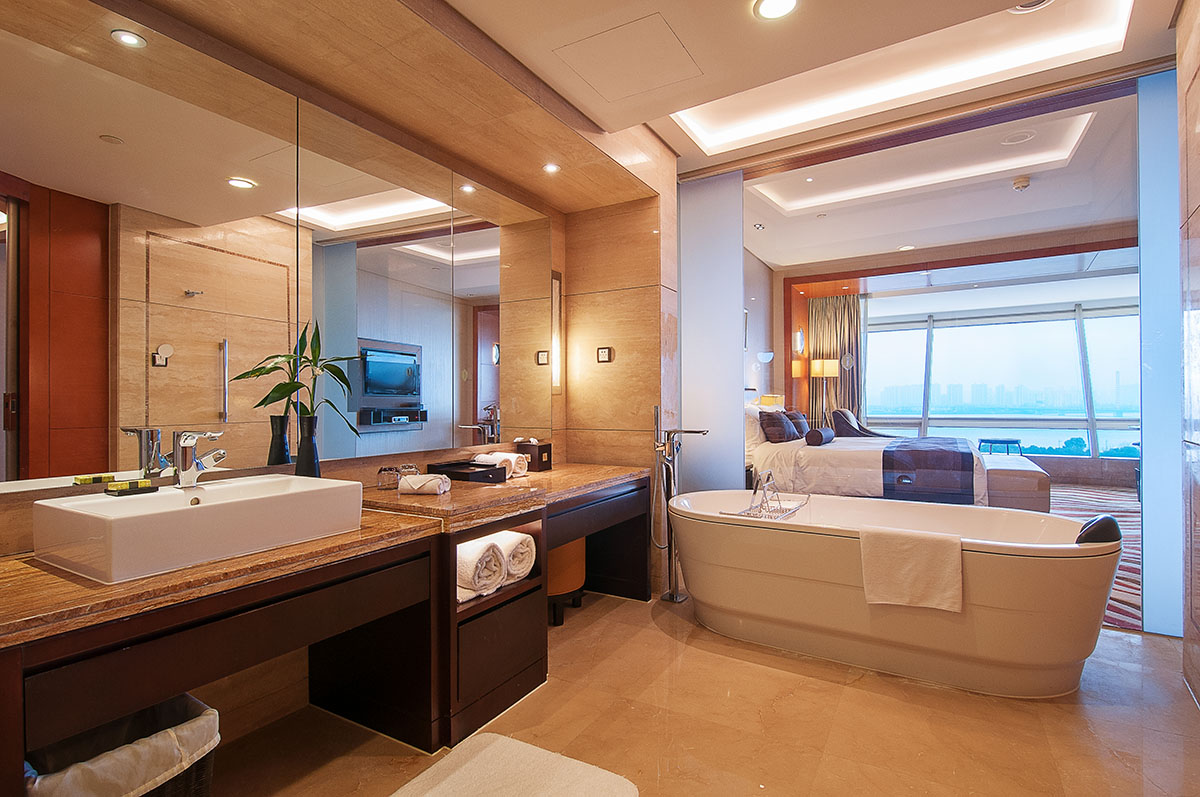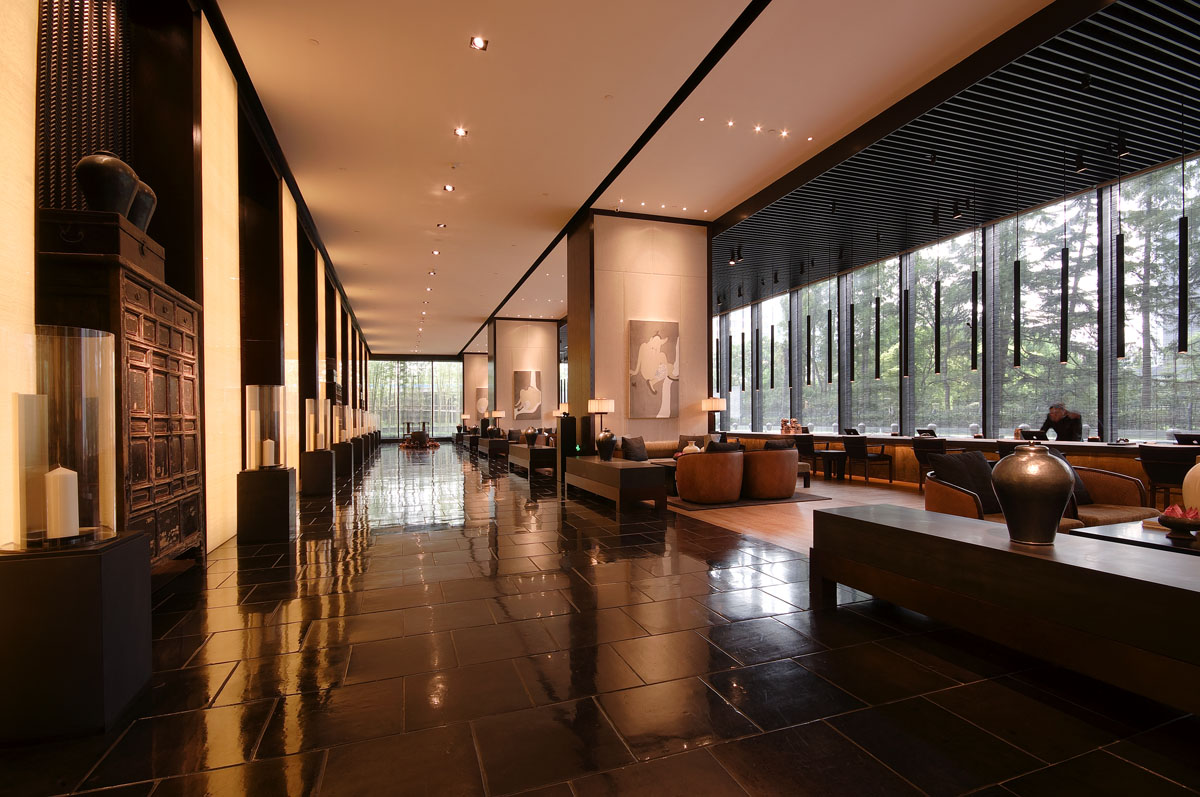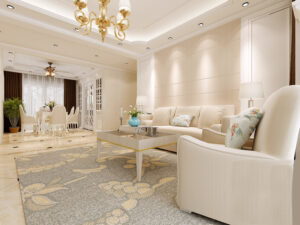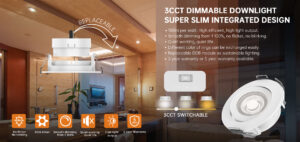Lighting shapes the mood, function, and efficiency of every space. As we enter 2025, dimmable LED downlights have become a leading choice for homes and businesses across Europe, prized for their energy savings, design flexibility, and environmental benefits. These advanced fixtures allow users to adjust brightness to suit any activity, creating comfortable and efficient environments.
In this guide, we explore the many advantages of dimmable LED downlights, their impact on energy use and sustainability, and how manufacturers like Radians Lighting are setting new standards for quality and innovation. By understanding what dimmable LED downlights bring to us, you can make smart choices that enhance your space and support a greener future.
Understanding Dimmable LED Downlights
Dimmable LED downlights are lighting fixtures designed with adjustable brightness, providing precise control over light intensity. Utilizing Light Emitting Diode (LED) technology, these downlights are known for their energy efficiency and extended lifespan, making them a versatile lighting solution applicable to diverse environments.
Benefits of Dimmable LED Downlights
Dimmable LED downlights offer numerous advantages, making them a premier choice for contemporary lighting needs:
- Energy Efficiency: Reduce energy consumption by decreasing light output when maximum brightness is unnecessary.
- Customizable Ambiance: Create the ideal atmosphere for any occasion, ranging from bright task lighting to soft, relaxing illumination.
- Extended Lifespan: Dimming LED lights minimizes heat, extending their operational life and reducing replacement frequency.
- Cost Savings: Lower energy bills and decreased maintenance lead to significant long-term cost savings.
- Enhanced Comfort: Mitigate eye strain by tailoring brightness levels to create a more comfortable and visually ergonomic setting.
Radians Lighting: Innovation in Dimmable LED Downlights
Radians Lighting excels in the production of premium LED lighting solutions, offering an extensive selection of dimmable LED downlights. Emphasizing product customization, innovative design, and stringent production quality control, Radians Lighting effectively addresses the varied needs of its clientele. Radians Lighting ensures every product adheres to rigorous quality benchmarks.
Radians Lighting’s dimmable LED downlight portfolio includes:
- Recessed Downlights: Offering a streamlined, contemporary aesthetic that integrates seamlessly with the ceiling.
- Surface Mounted Downlights: Providing straightforward installation for locations without recessed capabilities.
- Mini Downlights: Compact solutions ideal for accent lighting and confined spaces.
- Smart Downlights: Facilitating control via smartphones or voice assistants for enhanced convenience.
- COB Downlights: Delivering superior light quality and performance.
Radians Lighting is dedicated to promoting energy-efficient and sustainable lighting practices. We also provide an extensive array of other lighting solutions, including LED track lights and LED wall lights.
Different Dimming Methods for LED Downlights
Dimming LED downlights involves adjusting their brightness to meet various requirements and preferences. Unlike traditional incandescent bulbs, LEDs cannot be dimmed by merely reducing voltage; they necessitate specialized dimming technologies to accommodate their electrical characteristics. Understanding these dimming methods is crucial for selecting compatible dimmable LED downlights and achieving consistent, flicker-free illumination.
PWM Dimming
PWM dimming manages brightness by rapidly switching the LED on and off at a high frequency imperceptible to the human eye.
- How it works: The LED is activated and deactivated in pulses. The proportion of “on” time to “off” time (duty cycle) dictates the perceived brightness. For instance, 50% brightness signifies the LED is active half the time.
- Advantages: Preserves consistent color temperature and light quality across all dimming levels; delivers smooth, flicker-free dimming.
- Disadvantages: Entails more sophisticated and slightly more expensive LED drivers; some sensitive cameras or sensors may detect flicker.
- Typical Use: Utilized in high-end residential and commercial settings where color consistency and seamless dimming are essential.
Phase-Cut Dimming – Leading-Edge and Trailing-Edge
Phase-cut dimming, adapted from conventional incandescent dimming, involves cutting a segment of the AC voltage waveform to curtail the power supplied to the light.
Leading-Edge (Forward Phase-Cut)
- How it works: Cuts the beginning of each AC sine wave cycle using a TRIAC.
- Advantages: Simple, compatible with many existing dimmer switches.
- Disadvantages:
- Can induce flickering or buzzing, particularly with LEDs (Flickering LEDs).
- Limited dimming range.
- Not suitable for all LED drivers.
- Typical Use: Suited for retrofitting older installations equipped with incandescent dimmers.
Trailing-Edge (Reverse Phase-Cut)
- How it works: Cuts the end of each AC sine wave cycle utilizing electronic components like MOSFETs or IGBTs.
- Advantages:
- More refined and quieter dimming.
- Enhanced compatibility with LED drivers.
- Decreased risk of flickering.
- Disadvantages: More costly than leading-edge dimmers.
- Typical Use: Recommended for new installations and retrofits seeking superior dimming performance.
0-10V or 1-10V Dimming
This is a prevalent analog control technique in commercial and architectural lighting.
- How it works: A low-voltage DC signal (ranging from 0 or 1 to 10 volts) is transmitted from a dimmer or control system to the LED driver, which adjusts brightness accordingly.
- Advantages: Smooth dimming, effortless integration with building management systems, suitable for extensive installations.
- Disadvantages: Requires supplementary wiring for the control signal; restricted to wired systems.
- Typical Use: Common in commercial complexes, offices, educational institutions, and large-scale lighting endeavors.
DALI Dimming
DALI represents a sophisticated digital lighting control protocol that facilitates precise, individual control of each lighting fixture.
- How it works: Digital signals interact with LED drivers, enabling adjustments in brightness, scene configuration, and grouping.
- Advantages:
- Highly versatile.
- Supports intricate lighting designs.
- Facilitates energy monitoring and automation.
- Each device possesses a unique address, enabling individual or collective control.
- Disadvantages:
- Higher initial expenses and greater complexity.
- Demands compatible drivers and controllers.
- More complex setup compared to analog systems.
- Typical Use: Ideal for advanced commercial buildings, hotels, museums, and environments requiring sophisticated lighting management.
Smart Wireless Dimming
Smart dimming leverages wireless protocols, such as Wi-Fi, Bluetooth, or Zigbee, to remotely manage LED downlights.
- How it works: Lights connect to a smart home or building system, controlled via smartphone applications or voice commands.
- Advantages: Convenient, eliminates extra wiring, supports automation, and integrates with other smart devices.
- Disadvantages: Relies on the stability and security of the network; may necessitate compatible hubs.
- Typical Use: Suitable for modern residences, offices, and commercial spaces embracing smart technologies.
Other Dimming Methods
CASAMBI
- Description: A wireless lighting control system employing Bluetooth mesh networking.
- How it works: Each lighting device incorporates a CASAMBI module, enabling communication among devices and with a smartphone or tablet.
- Advantages: Simple to install, adaptable, and scalable, making it appropriate for both residential and commercial contexts.
- Disadvantages: Dependent on Bluetooth connectivity, potentially less robust than wired alternatives.
- Typical Use: Effective in retrofit projects, smart homes, and small to medium-sized commercial setups.
Wiz Connected Lighting
- Description: A Wi-Fi-based smart lighting system designed for straightforward operation.
- How it works: Wiz lights connect directly to a Wi-Fi network, managed via the Wiz app.
- Advantages: Straightforward setup, intuitive interface, and compatibility with voice assistants.
- Disadvantages: Requires a reliable Wi-Fi network and may offer fewer advanced control capabilities compared to DALI.
- Typical Use: Frequently used in residential settings, small offices, and retail environments.
Summary Table of LED Dimming Methods
| Dimming Method | How It Works | Advantages | Disadvantages | Typical Applications |
|---|---|---|---|---|
| Analog Dimming | Reduces current through LED | Simple, low cost | Color shift, less precise | Basic residential LED fixtures |
| PWM Dimming | Rapid on/off switching (pulse width) | Smooth, flicker-free, consistent color | More complex, potential camera flicker | High-quality residential/commercial |
| Phase-Cut Dimming | Cuts part of AC voltage waveform | Widely available, retrofit friendly | Flicker, noise, compatibility issues | Residential retrofits |
| 0-10V Dimming | Sends 0-10V DC control signal | Smooth, scalable, easy integration | Requires extra wiring | Commercial, architectural lighting |
| DALI Dimming | Digital control protocol | Precise, flexible, programmable, individual control | Complex, higher cost | Smart commercial buildings |
| Smart Wireless Dimming | Wireless control via apps/voice | Convenient, no wiring, automation | Network dependent, security concerns | Smart homes, offices |
| CASAMBI | Bluetooth mesh networking | Easy to install, flexible, scalable | Relies on Bluetooth, may not be as robust as wired systems | Retrofit projects, smart homes |
| Wiz Connected Lighting | Connects directly to Wi-Fi | Simple setup, user-friendly interface, integration with voice assistants | Requires stable Wi-Fi, limited advanced control options compared to DALI | Residential homes, small offices |
Selecting the correct dimming method guarantees:
- Compatibility: Prevents flickering, buzzing, or a restricted dimming range.
- Lighting Quality: Maintains uniform color rendition and seamless dimming transitions.
- Energy Efficiency: Optimizes power consumption to align with specific requirements.
- User Experience: Delivers straightforward and dependable control.
Radians Lighting provides an array of dimmable LED downlights compatible with various dimming technologies, including PWM, 0-10V, and DALI, ensuring adaptable solutions for diverse applications.
Factors to Consider When Choosing Dimmable LED Downlights
When selecting dimmable LED downlights, consider the following:
- Brightness (Lumens): Determine the appropriate light output for the area.
- Color Temperature (Kelvin): Select warm (2700K-3000K) for inviting spaces and cool (4000K-5000K) for task-oriented settings.
- Color Rendering Index (CRI): Opt for a high CRI (80+) to ensure accurate color representation.
- Dimming Compatibility: Verify compatibility between the downlights and the dimming system.
- Energy Efficiency: Seek high energy efficiency ratings to maximize savings.
- IP Rating: Choose an appropriate IP rating for the environment; higher ratings (IP44 or IP65) offer better protection against moisture.
Installation Tips for Dimmable LED Downlights
Proper installation is crucial for optimal performance and longevity:
- Safety First: Always disconnect the power supply before beginning installation.
- Professional Installation: Consult a certified electrician if you lack expertise.
- Correct Wiring: Adhere to the manufacturer’s wiring instructions precisely.
- Proper Spacing: Ensure adequate spacing between downlights for uniform illumination.
- Ventilation: Confirm sufficient ventilation to prevent overheating (IC-Rated Downlights).
Trends in Dimmable LED Downlights in 2025
Several key trends are shaping the future of dimmable LED downlights:
- Smart Lighting Integration: Enhanced compatibility with smart home ecosystems like Zigbee Downlights.
- Human-Centric Lighting: Innovations that emulate natural light patterns to bolster well-being.
- Sustainable Materials: Increased use of environmentally friendly materials in manufacturing.
- Improved Dimming Technology: More seamless and accurate dimming capabilities.
- Aesthetic Designs: Refined, minimalist designs complementing modern interiors (2025 Design Trends).
Applications of Dimmable LED Downlights
Dimmable LED downlights provide adaptability across numerous scenarios, enhancing environments, boosting efficiency, and conserving energy.
Living Rooms
Why Use Dimmable LEDs: Living rooms serve various functions, from relaxation to social gatherings, making dimmable LEDs ideal for adapting to diverse activities.
Benefits:
Ambiance Control: Craft cozy settings for movie nights or brightly lit spaces for reading (Dim-to-Warm Downlights).
Energy Savings: Curtail brightness to save energy when less light is required.
Eye Comfort: Modify light levels to alleviate eye strain during various tasks.
Bedrooms
Why Use Dimmable LEDs: Bedrooms necessitate soft, soothing light to encourage sleep, making dimmable LEDs perfect for creating a tranquil atmosphere.
Benefits:
Improved Sleep: Dimming lights before sleeping aids in regulating the body’s natural sleep-wake rhythm.
Comfort: Modify lighting for reading or unwinding without intense brightness.
Energy Efficiency: Employ lower light intensities for ambient illumination, conserving energy.
Kitchens
Why Use Dimmable LEDs: Kitchens demand ample light for cooking and meal preparation, with dimmable LEDs offering the flexibility to adjust lighting for different activities.
Benefits:
Task Lighting: Provides intense light for cooking and food preparation.
Ambiance: Dim lighting for dining or entertaining.
Energy Savings: Minimizes energy use by employing only necessary light levels.
Bathrooms
Why Use Dimmable LEDs: Bathrooms benefit from both soft lighting for relaxation and bright lighting for grooming, which dimmable LEDs accommodate effectively.
Benefits:
Relaxation: Reduces lighting for calming baths or showers.
Task Lighting: Enhances brightness for shaving or applying makeup.
Energy Efficiency: Conserves energy by dimming lights when full brightness is not needed (Bathroom Lighting Guide).
Home Theaters
Why Use Dimmable LEDs: Home theaters require subdued lighting to diminish glare and enhance the viewing experience.
Benefits:
Reduced Glare: Minimizes reflections on screens.
Immersive Experience: Produces a cinema-like environment.
Eye Comfort: Lessens eye strain during extended viewings.
Home Offices
Why Use Dimmable LEDs: Home offices need intense lighting for concentration and adjustable lighting to prevent eye fatigue.
Benefits:
Increased Productivity: Heightened illumination boosts focus and concentration.
Reduced Eye Strain: Tailor lighting to minimize exhaustion during prolonged work sessions.
Energy Savings: Dim lighting when less intensity is needed, thus saving energy.
Art Galleries and Museums
Why Use Dimmable LEDs: Art displays benefit from adjustable lighting that enhances visibility while protecting sensitive materials.
Benefits:
Preservation: Guards delicate artwork by curtailing light exposure.
Highlighting: Modifies lighting to spotlight particular pieces.
Ambiance: Generates a refined viewing atmosphere.
Retail Spaces
Why Use Dimmable LEDs: Retail environments require bright lighting to draw shoppers and adjustable lighting to showcase products effectively.
Benefits:
Enhanced Displays: Captures attention with strategically lit merchandise.
Customer Experience: Fosters a pleasant shopping atmosphere.
Energy Efficiency: Lowers energy consumption during off-peak hours.
Restaurants and Cafes
Why Use Dimmable LEDs: Dining establishments need lighting that creates a favorable mood and conserves energy.
Benefits:
Ambiance Control: Sets the tone for diverse dining experiences.
Energy Savings: Cuts lighting expenses during slower periods.
Customer Comfort: Establishes a welcoming and relaxing environment.
Hotels
Why Use Dimmable LEDs: Hotels prioritize guest comfort and control over their surroundings.
Benefits:
Customizable Comfort: Permits guests to adjust lighting to their preferences.
Energy Savings: Minimizes energy waste in unoccupied rooms.
Enhanced Experience: Creates a luxurious and comfortable stay.
Healthcare Facilities
Why Use Dimmable LEDs: Healthcare settings must balance patient comfort with the necessity for adequate lighting.
Benefits:
Patient Comfort: Develops a serene setting conducive to healing.
Medical Examinations: Affords bright lighting for precise examinations.
Energy Efficiency: Reduces energy expenses in patient areas.
Educational Institutions
Why Use Dimmable LEDs: Schools need versatile lighting to accommodate various instructional activities.
Benefits:
Versatile Lighting: Adjusts lighting for lectures, presentations, and group projects.
Energy Savings: Decreases energy usage during breaks and after school hours.
Improved Learning Environment: Fosters a focused and comfortable setting.
Event Spaces
Why Use Dimmable LEDs: Event venues require lighting capable of creating varied effects to suit different events.
Benefits:
Dynamic Lighting: Generates dramatic and festive lighting schemes.
Ambiance Control: Modifies lighting to match the tone of events.
Energy Efficiency: Lowers energy costs during event setup and teardown.
Outdoor Lighting (Covered Patios, Entrances)
Why Use Dimmable LEDs: Exterior areas benefit from adaptable lighting that enhances safety and appeal.
Benefits:
Security: Provides sufficient lighting for safety and security purposes.
Ambiance: Creates an inviting atmosphere for visitors.
Energy Savings: Minimizes energy draw during nighttime hours.
Advantages and Disadvantages of Dimmable LED Downlights
| Feature | Advantages | Disadvantages |
|---|---|---|
| Dimmability | Creates ambiance, saves energy, extends lifespan | Requires compatible dimmers, potential for flickering if not properly matched |
| LED | Energy-efficient, long-lasting, low maintenance | Higher initial cost compared to traditional lighting, potential for color shift over time |
| Design | Sleek, modern appearance, various styles and sizes available | Limited design options compared to traditional fixtures, heat can affect performance if not properly ventilated |
| Smart Features | Convenient control, automation, energy monitoring | Requires smart home system, potential for security vulnerabilities, reliance on technology |
| Cost | Long-term cost savings due to energy efficiency and reduced maintenance, qualifies for energy rebates | Higher upfront investment, potential for higher repair costs if integrated with complex systems |
Potential Issues and Troubleshooting
- Flickering: Confirm dimmer compatibility with LED downlights (Troubleshooting Flickering).
- Buzzing: Replace the dimmer with a compatible model.
- Inconsistent Dimming: Employ a high-quality LED dimmer.
- Reduced Lifespan: Guarantee adequate ventilation to prevent overheating.
- Color Shift: Select premium LEDs with stable color temperatures (SDCM Explained).
Conclusion
Dimmable LED downlights offer a powerful mix of energy efficiency, long life, and user-friendly control. They cut costs, lower environmental impact, and create the right mood for any space. With ongoing advances in technology and strong market demand, these fixtures are a smart upgrade for homes and businesses in Europe. Radians Lighting leads the way with high-quality, customizable products that meet the highest standards. Choosing dimmable LED downlights in 2025 means investing in comfort, style, and sustainability for years to come.
To explore Radians Lighting’s full range of dimmable LED downlights and related products, visit their official website.

